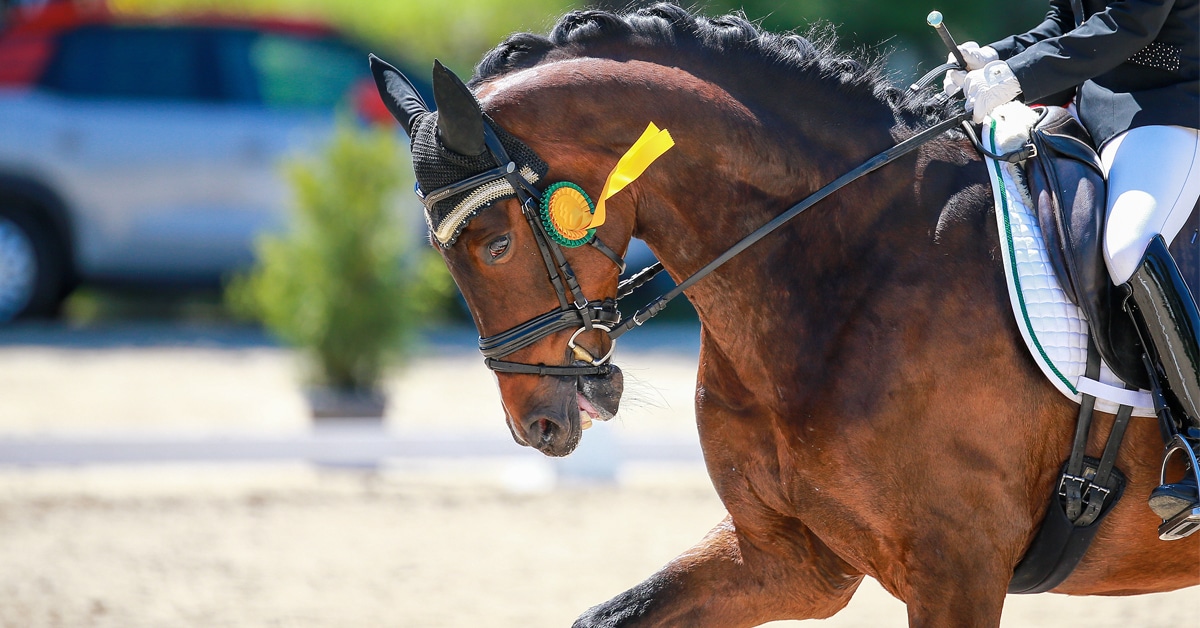Dressage Judges Rewarding BTV Head Carriage: Recent Studies Expose Troubling Trend
Studies reveal that dressage judges reward behind the vertical (BTV) head carriage, despite its association with conflict behaviors and compromised horse welfare.
The Big PictureThe practices in competitive dressage, where BTV riding is rewarded, contradict equine welfare principles, fostering concerns over abusive trends in the sport.
By the Numbers- Horses ridden BTV consistently scored higher than those in front of the vertical, despite displaying more conflict behaviors.
- 97.6% of movements analyzed showed conflict behaviors in horses ridden BTV in a British Dressage study.
Despite concerns raised by studies on BTV riding, FEI dressage judges have not penalized horses for head angles BTV, perpetuating the issue.
State of Play- Current judging practices continue to reward hyperflexion, leading to distress in horses and raising questions on equine welfare in competitive dressage.
- There is a call for structured guidelines to improve judging consistency and align scores with welfare considerations in dressage competitions.
Future actions require defining clear welfare parameters in dressage rules, implementing judging policies that support horse well-being, and potentially penalizing practices like hyperflexion to safeguard equine welfare in the sport.
Bottom LineThe trend of rewarding BTV head carriage in dressage despite its negative impact on horse welfare highlights the urgent need for policy changes to prioritize equine well-being in competitive settings.
Read more at Horse Sport
The summary of the linked article was generated with the assistance of artificial intelligence technology from OpenAI



